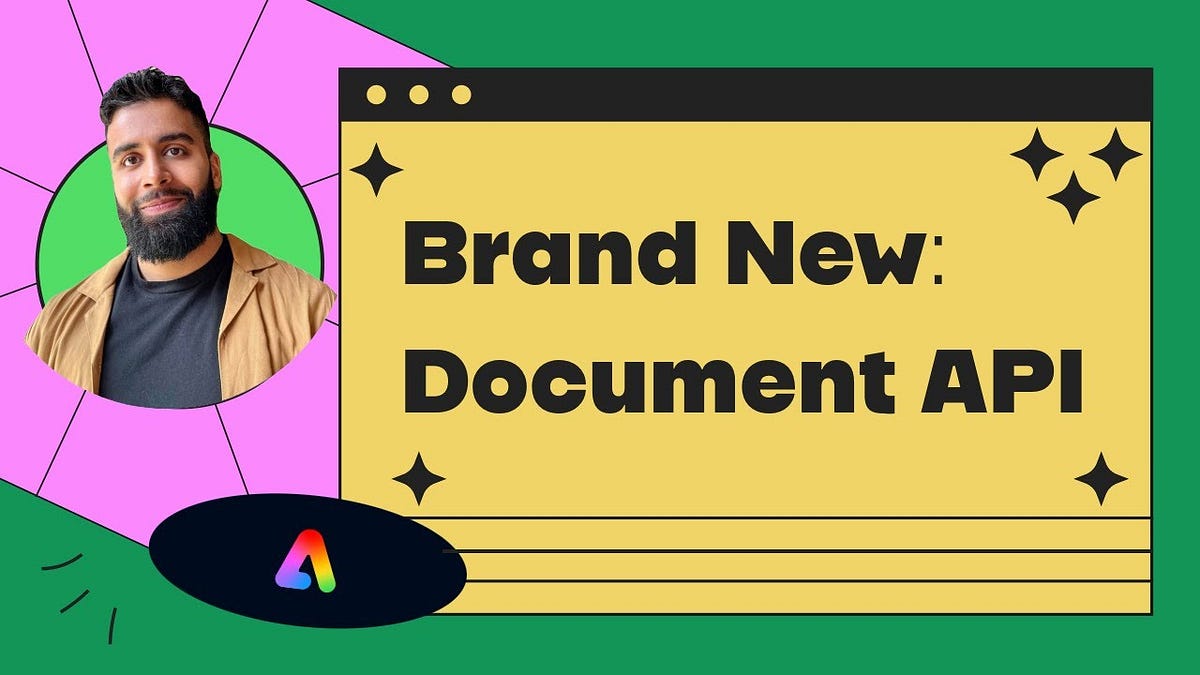Build More Versatile Adobe Express Add-Ons with Document APIs | by Kerri Shotts | Feb, 2024


Last year, we announced Adobe Express add-ons as a way to significantly extend the functionality of our all-in-one creativity app, and the ecosystem is growing fast.
Already the marketplace features over 55 add-ons, covering a wide range of use cases, and we’ve been blown away by what you have been building to unlock new creative workflows within Adobe Express. More add-ons are being added all the time, and right now we’re especially excited about the add-on for TikTok’s AI-powered Creative Assistant.
This year, we will expand your developer toolbox further with new capabilities and powerful new APIs, which will help you create even more useful add-ons for Adobe Express and reach an even wider audience of users.
To start with, we’re introducing Document APIs, which provide access to the user’s document and enable your add-on to understand and modify the document structure and contents. This means you can build add-ons that have closer access to the document and can create primitive shapes, create complex shapes using paths, add pages, rearrange content, and more.
December marked our first stable release of these APIs, and the team is busy building out additional capabilities that you’ll be able to take advantage of. These include the ability to:
As a result, you’ll be able to create more engaging add-ons with richer content, such as more flexible data visualizations, supporting batch content creation, and more. Be sure to subscribe to the newsletter and attend office hours to be aware of the new capabilities that are being added for add-ons and when they will be made available.
Let’s take a look at the key use cases for the Document APIs and how they align with the needs of Adobe Express users:
Creating and managing social media posts is an essential task, both for individuals creating their own personal content and for teams managing a wider business campaign or social presence.
Since the Document APIs allow add-ons to more deeply inspect documents, including text strings, add-ons can analyze a social post and make recommendations. For example, they can leverage AI to suggest hashtags, copy improvements, or other enhancements to attract the audience’s attention.
Adobe Express is also a great tool to create long-form digital documents, for instance newsletters or digital flipbooks.
Through the Document APIs, add-ons can help add text elements, such as an index, table of contents, or a citations page. Or they can pull copy from an external source to use within the document, or even generate polished copy through AI.
Add-ons can also significantly help users who are creating text-heavy documents by providing more features for copyediting, correcting text, and ensuring the right tone is being used.
Using the Document APIs you can create an add-on that gets an existing copy string, for example, and make recommendations for fixing spelling or grammatical errors and even replace the text for the user. Or you can help the user achieve a specific tone or style through AI-generated copy.
The Document APIs also enable you to author native shapes to create diagrams, org charts, project or timeline charts, flowcharts, and basic data charts that use rectangles or straight lines.
The shapes, made possible by the Document APIs, could even be used to create a crossword puzzle generator or visualize a solar system (using ellipses for orbital paths and circles for planets).
For inspiration, check out these add-ons that make use of the Document APIs…
… and follow the step-by-step tutorials, created by Davide Barranca, which so far include:
Also, the Document APIs are rapidly expanding. To keep track of their progress, consult the Reference Documentation and keep an eye on our changelog to see what updates have happened.
The Document APIs are just the first set of powerful APIs that extend the capabilities of Adobe Express add-ons and empower developers to build even more rich add-ons. There are more to come, and we hope you’re just as excited as we are about the possibilities opened up by the Adobe Express APIs to impact the creative work of millions of users worldwide.
